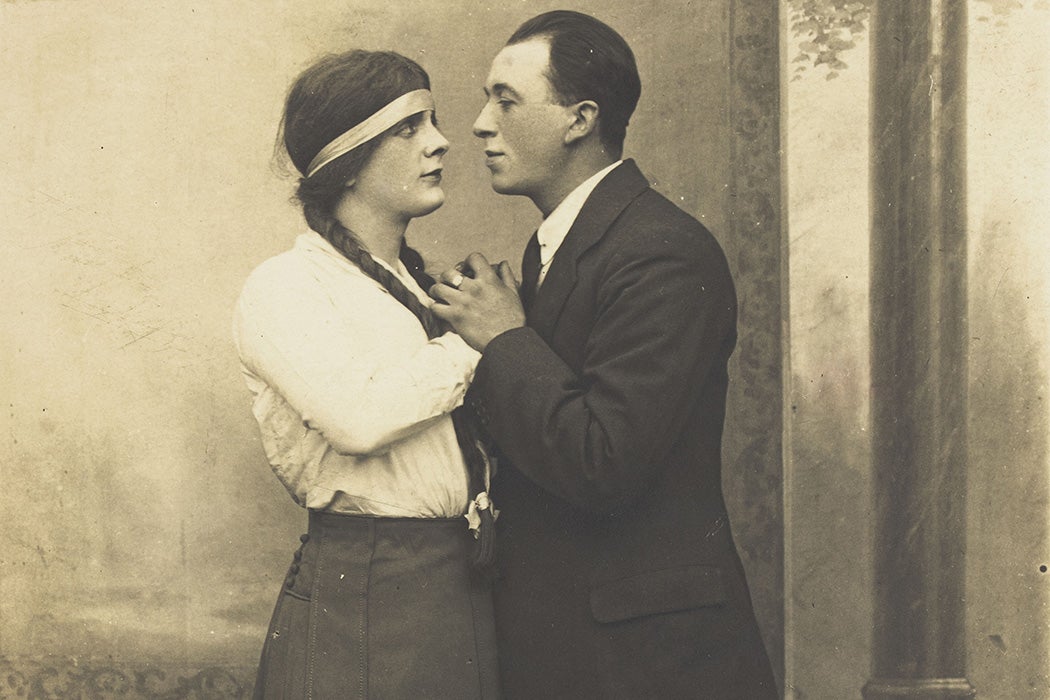Portico launched nearly twenty years ago as a locus for digital preservation of scholarly publications around the world. Since then, it has become a go-to platform for publishers who want to ensure that their content—text, video, images, and more—exists in perpetuity for students, researchers, and scholars of future generations. More than 1,000 participating publishers have looked to Portico to preserve their digital publications and to make such content available in the event that the publisher cannot do so.
In recent years, Portico has sought to preserve content about underrepresented topics and communities. The Digital Transgender Archive, housed at Northeastern University in Boston, is among the institutions that have joined with Portico in this new initiative.
K.J. Rawson, a Northeastern professor of English and Women’s Gender and Sexuality Studies and the archive’s director, says Portico “has been a delight to work with. They’re not just taking their pre-established workflow and trying to fit us into that. They’ve been really open to hearing how our needs might be different from any of the partners they worked with before.”
Rawson spoke with JSTOR Daily feature editor Sara Ivry about how this collaboration got underway last year and why it’s so vital.
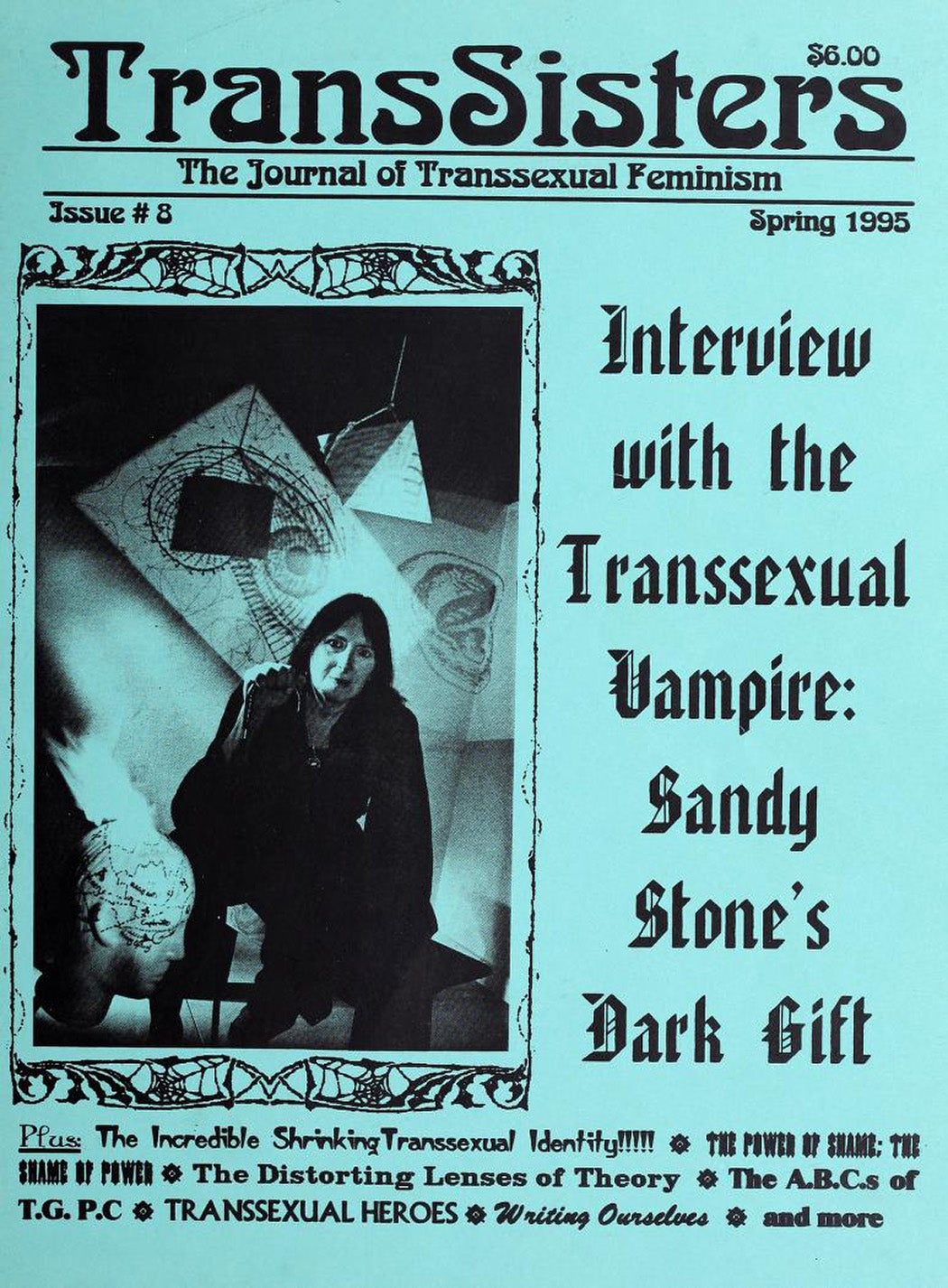
What was the genesis of the relationship between the Digital Transgender Archive (DTA) and Portico?
Most people in the archives world know of Portico. It’s the highest standard for preservation, highly regarded in the archives and libraries fields. I was aware of them and had been for some time when they initially reached out and offered to work with us and waive their fees to support preservation of our collections. They were trying to put their DEI commitments into practice, and we were one of the smaller projects that they reached out to, to work with to support this initiative.
Weekly Newsletter
I’m not aware of any services that provide the level of backup and security and professionalism that Portico provides. To me, it was Portico or no one.
What separates the DTA’s materials from that of other Portico partners?
Our content is a little strange for Portico, because we don’t host all of our materials. We’re a post-custodial collection, so we host about half of our content. The other half we’re actually linking out to other digital collections where those resources are hosted.
How did the DTA start?
I’d initially come up with the idea while I was working on my dissertation back around 2007, 2008, and realized that trans archival collections were difficult to find. I had faced all these research barriers, and I started to brainstorm some solutions to those barriers. How could we improve access to trans histories? And I started talking to archivists that were helping to steward these collections. It wasn’t just that I was a novice researcher. There were some real systemic barriers to finding trans histories, and I started to collaborate with those folks. And once we realized that barriers to making digital collections available could be surmounted, it made sense to start building a digital collection.
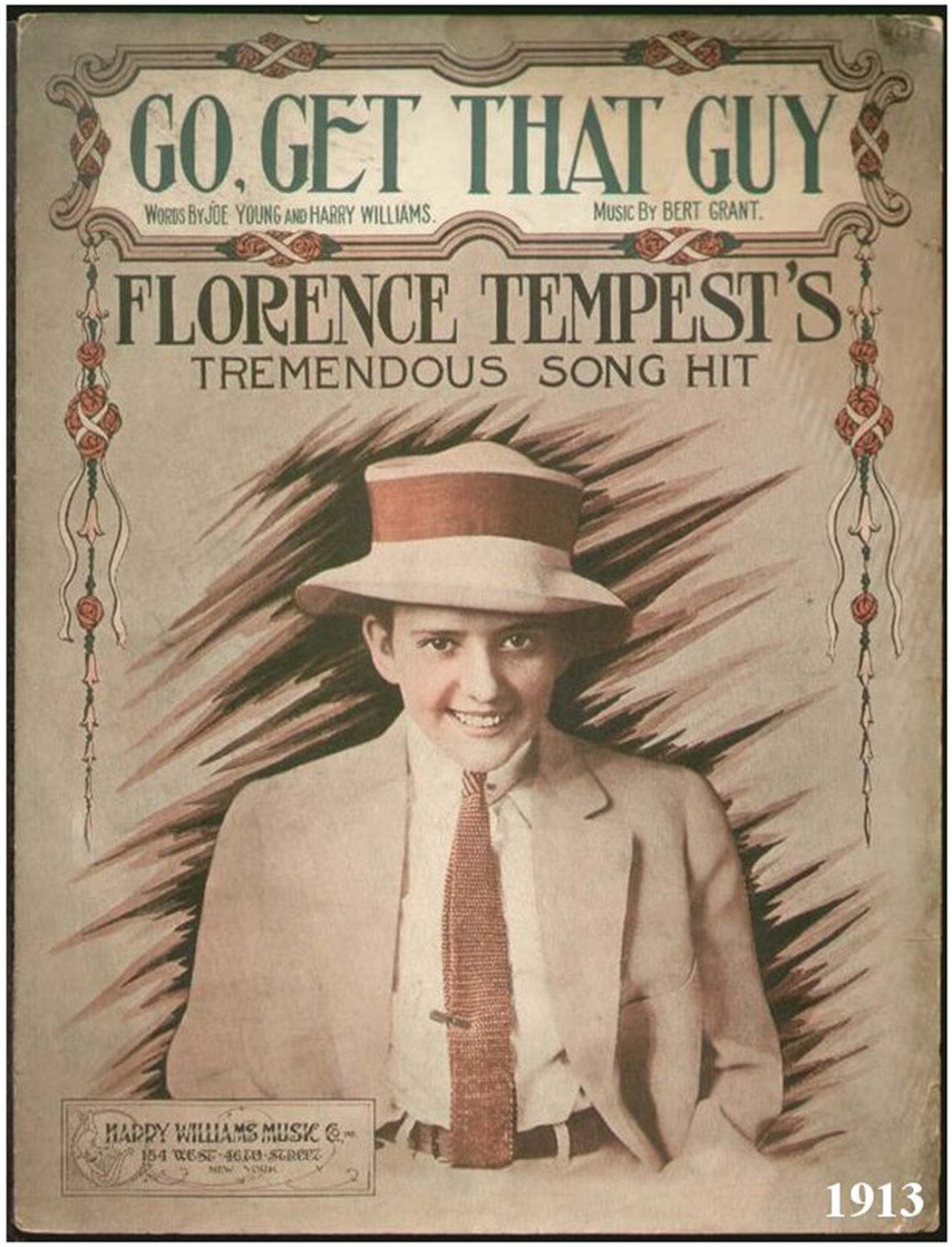
Was finding secondary storage to preserve the holdings within the DTA something that had been on your mind already when Portico came knocking in 2023?
We released the first DTA in January of 2016, and we’d been working on it for a few years before that. I realized quite early on that we were starting to hold a lot of community responsibility—that as our collections grew, as people offered their permissions for us to make their materials available, that we were providing a service, not just to researchers, but to broader publics and to trans people in particular who really wanted to be able to access these resources, and in many cases, needed to access them, especially in this current political moment, where trans folks are so embattled in the US.

I always knew that preservation needed to be a core part of our work, because this is a project that could be susceptible to attacks, to people trying to undercut what we’re doing. And though we’ve set it up in a way that I feel like is, is doing the best that we can for security and for backups, and we have a preservation plan, we never had a full and comprehensive off-site, secondary storage solution.
Portico provides hosting capabilities if the primary project is no longer able to. They can sort of flip a switch if we’re not in contact with them for X number of years. They then can support continued access to our collections, which is huge, because, again, it provides a lot of security for the project and for long term access.
Tell me more about the larger community role that the DTA has come to occupy since its inception in 2016. How does it connect to secondary storage?
There are different layers to an answer to that question. On the one hand, when we’re thinking about trans people in particular, and those trans folks accessing our collections, it’s an incredibly important wellspring of emotional support. Hil Malatino talks about archives of trans materials as resources of resilience, so thinking about turning to archives to find community, to find examples of the ways that trans people have existed for centuries. Being able to see that kind of continuity really can bolster trans people in the present as we are fighting for our human and civil rights.

But of course, broader publics need education as well. You know, I’m a professor and educator at heart, and for me, a big purpose behind the DTA is to make sure that people have access to the resources that they need to learn more about gender and gender nonconformity throughout history. Because so often the argument is that “trans people are a new thing. It’s a fad. It’s a contagion. This hasn’t ever happened before. We need to shut it down, get back to traditional gender roles,” and that’s just factually inaccurate.
Having resources like the DTA available so that people can quickly access information that is primary source, that is reliable information is a key component of that broader effort to educate the public on trans issues.
Do you do the digitizing yourself?
We work with everything from university libraries, independent historical societies all the way through private collectors and grassroots archival collections. Our university partners generally don’t need us to do anything, but as we move more down the spectrum to the grassroots and independent or private collectors, those partners need us to do the work with them. Often we’ll travel to their collections, do digitization on site, and host the materials. In many cases, we are the only source where people can access digital content. And then in other cases, which I didn’t really anticipate when I started, people just send me stuff.
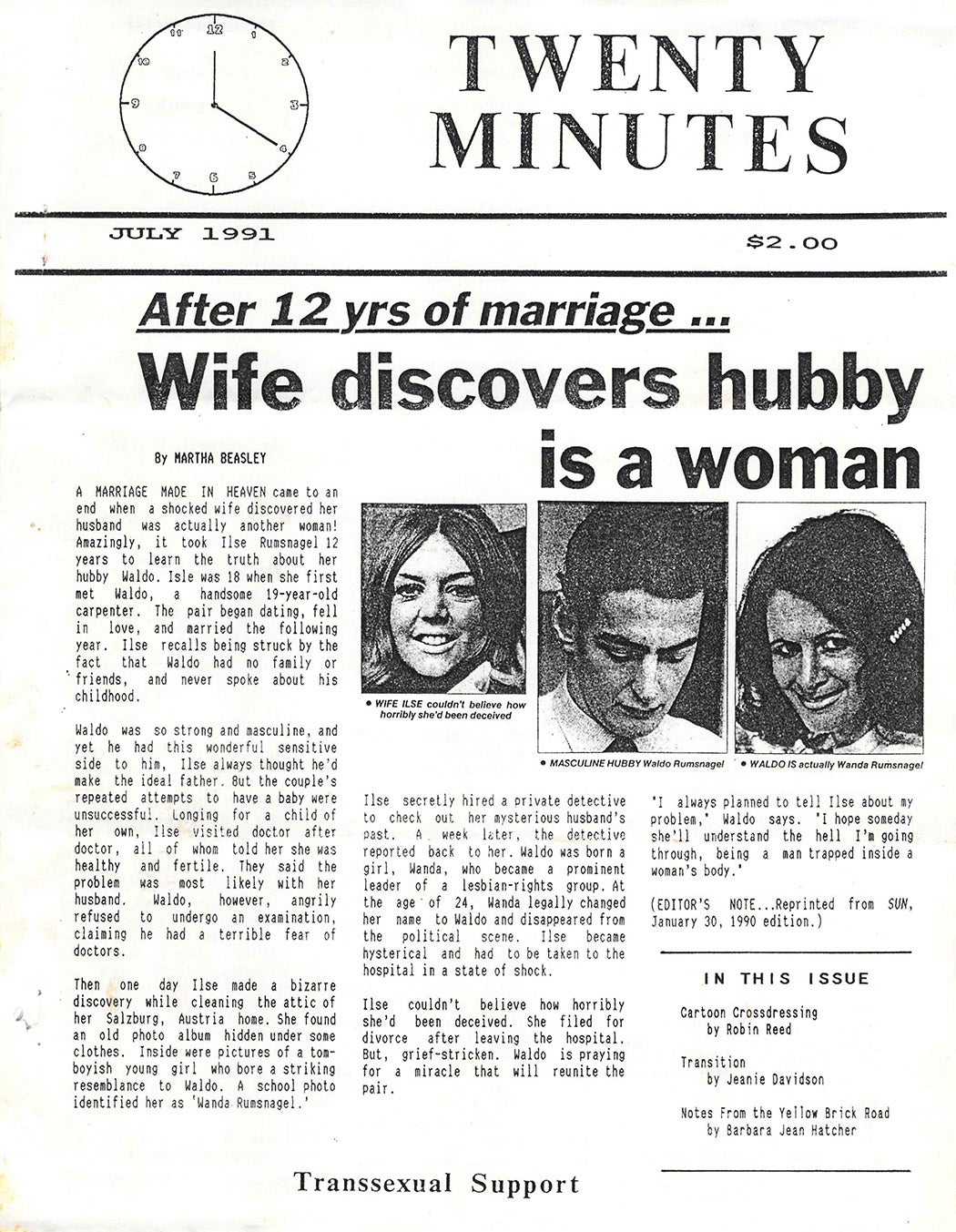
We don’t have physical collections; we aren’t open to the public in an in-person capacity. So, what our role is is to digitize what we can and then find a permanent archival home for those materials.
What’s the most surprising or serendipitous thing you’ve come across in this work?
Oh, that’s a difficult question. One of the things that I love doing with this project is seeing the ways that the puzzle pieces come together. In physical collections, often there’s a dispersal of historical artifacts; there are instances in our collections where you can see photographs from the same day that are held in different physical archives that may be thousands of miles apart, but through the digital collections, they’re now in proximity, and that’s a sweet process. You can see why it’s important to have physical collections in various spaces, but then how wonderful it is to be able to pull them together in a single digital interface. Somebody who isn’t close to where the physical archive is then can enjoy it and learn from it.
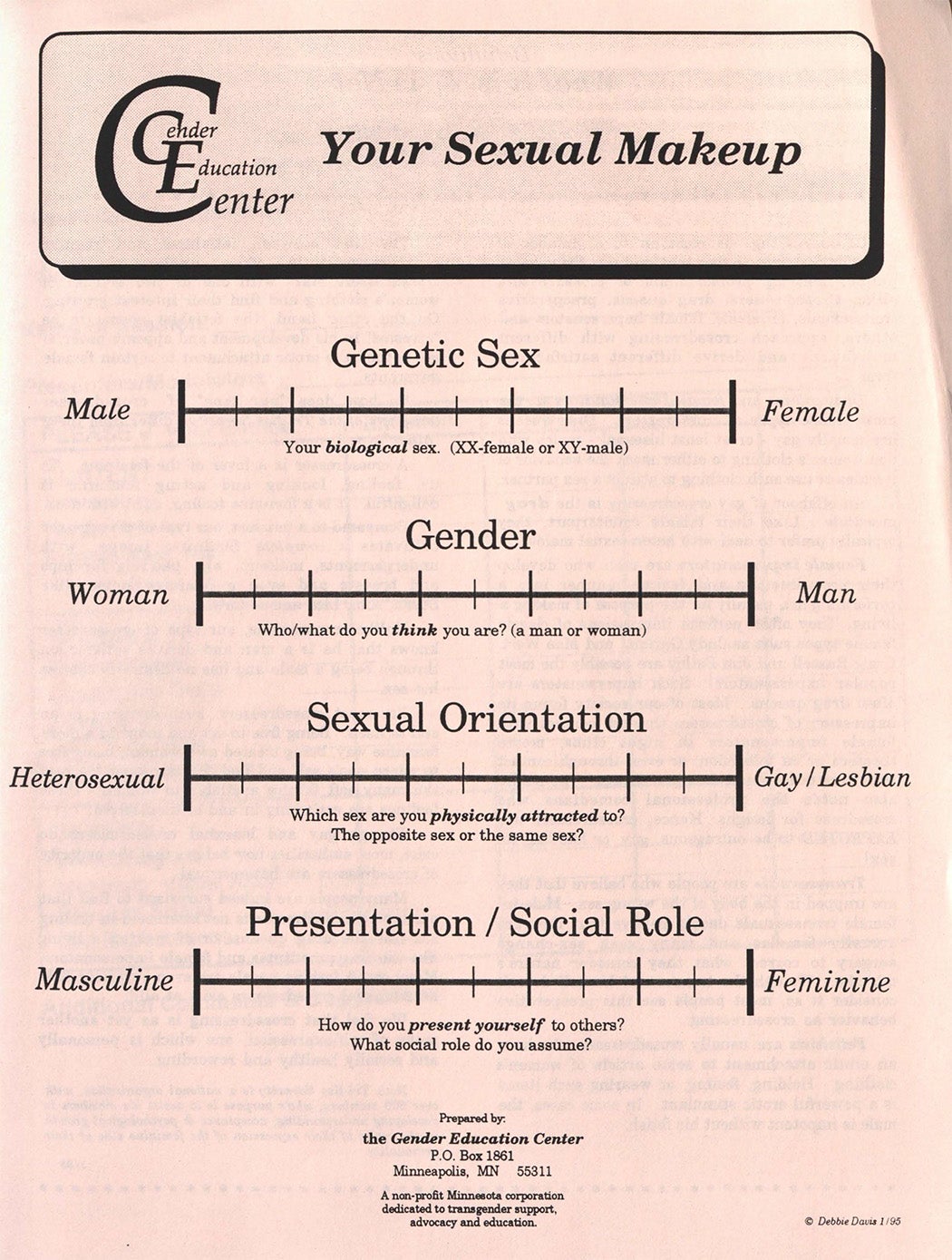
It sounds like running this archive is a full-time job. I mean, the volume of materials that you’re dealing with seems overwhelming.
It could be. I don’t think I fully grasped that when I started it, but it just had a snowball effect. When I first started the project, I thought, we’ll have a half a dozen partners, and now we’re well over eighty collaborators. People keep reaching out to us with materials that they want to contribute, which is phenomenal. So, I’m lucky; I work with a handful of fantastic graduate students that contribute to the project, and every semester, we have a team of undergraduate students. We have a software developer who’s an external consultant, and he’s been with us since the start. So I’m never working in isolation.
And do you have a sense of the traffic?
It depends on the metrics you’re using. A lot of weeks we’ll get, you know, 10,000 visitors per week. What’s interesting is a lot of folks come to the site and then download our materials; they’ll spend time with our content, but not necessarily on our site itself. And it’s great to see the ways it’s circulating; I’ll often be reading an article and then see that an image from the DTA is being used in that article. Having the opportunity to see how the DTA is enriching a variety of contexts is a great joy.
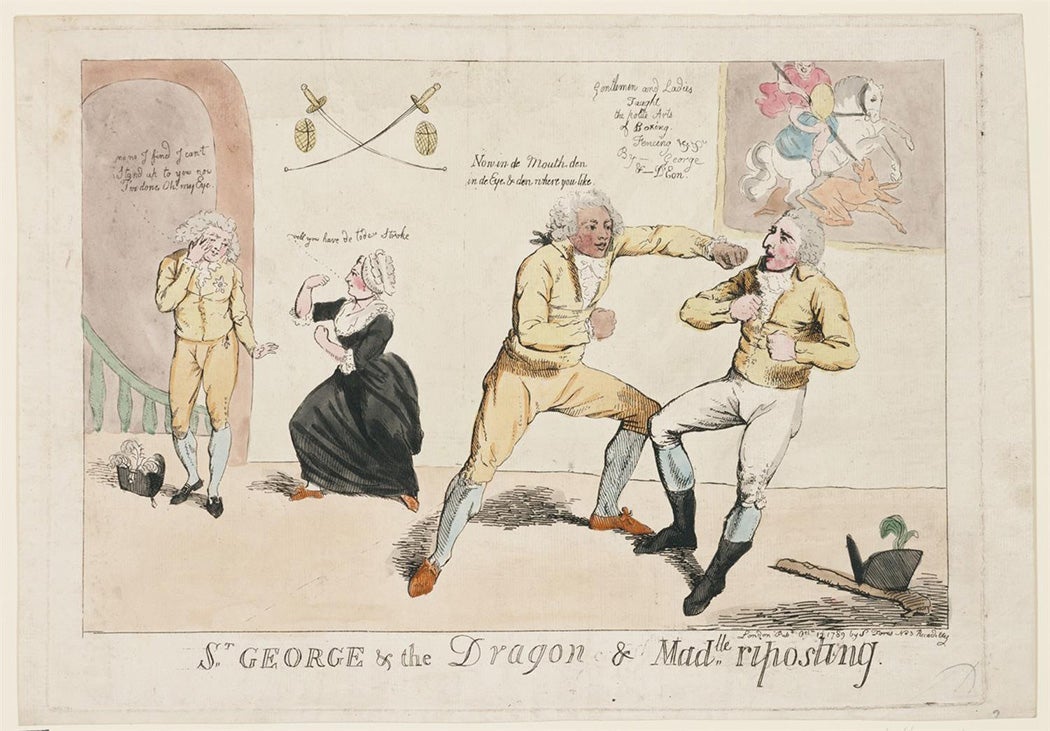
Why is it important, both to have these archives, but also to have them to make sure they’re safeguarded and preserved in perpetuity?
In some ways, I’ve created my own playground, my ideal research sandbox, if you will. I get to work in the collections all the time, and I find myself often jumping onto the DTA to do research. When I don’t find what I’m looking for, I get to say, “Okay, well, who might have this, and can we collaborate on digitizing it?” There’s definitely a component where I get to enjoy the insights that having that being at the helm of this project offers me, which is really good sense of the landscape of where trans materials are being held, and the kinds of collections that are in different sites. In the past ten years since I’ve been working on the project, the landscape has been shifting and growing, and it really gives me great joy to see how much more resources are being put into trans collecting, and how much more energy there is behind it.
How has the landscape shifted?
More archives are collecting trans-related history, but also many are recognizing that their collections already have trans related materials, and so they’re hoping to draw more attention to those. There’s a growing sense of commitment to getting these materials out there, to helping to educate around trans issues more broadly.
